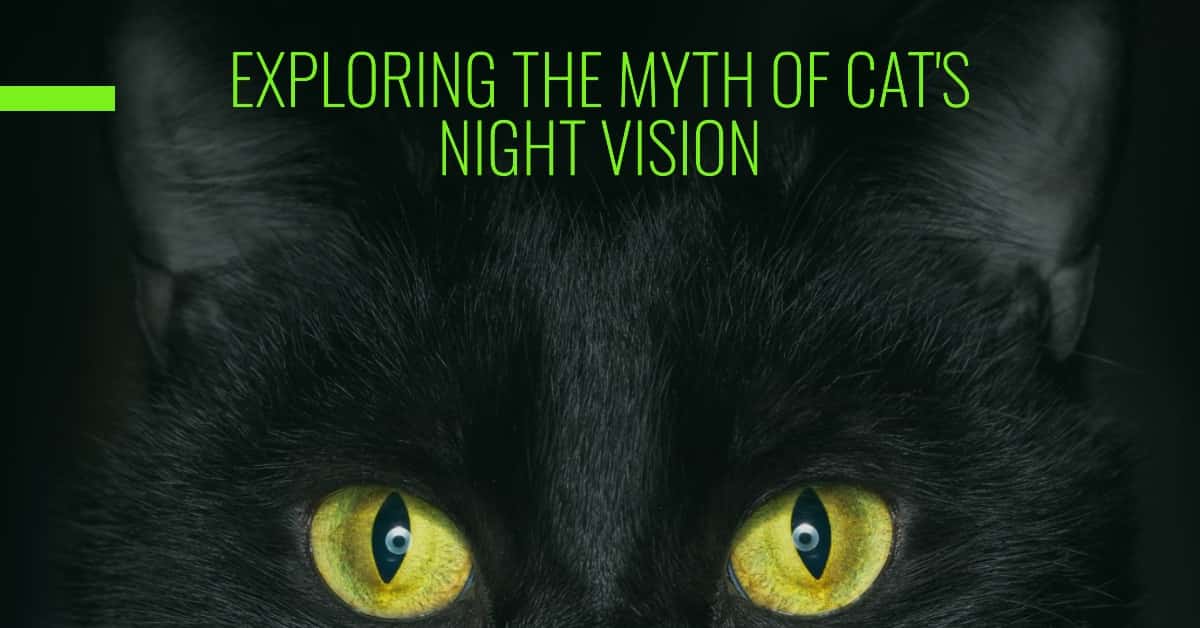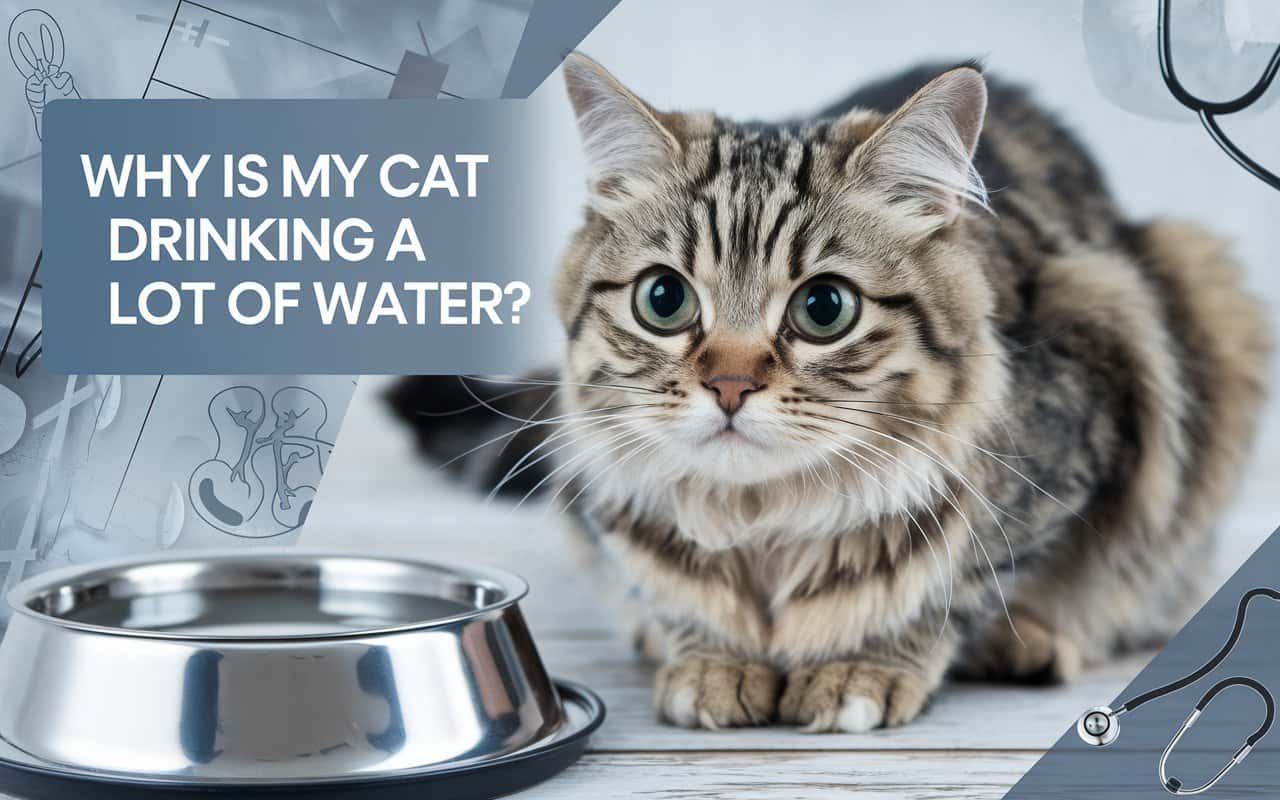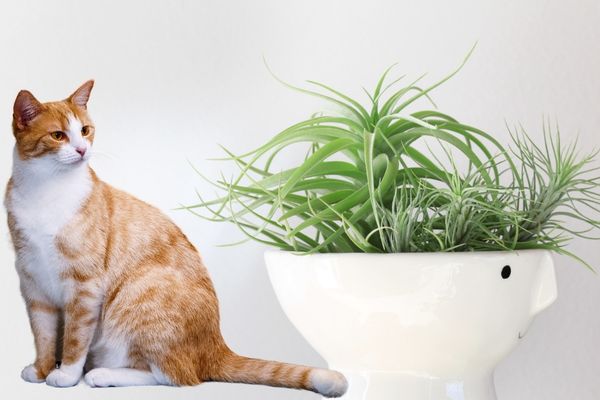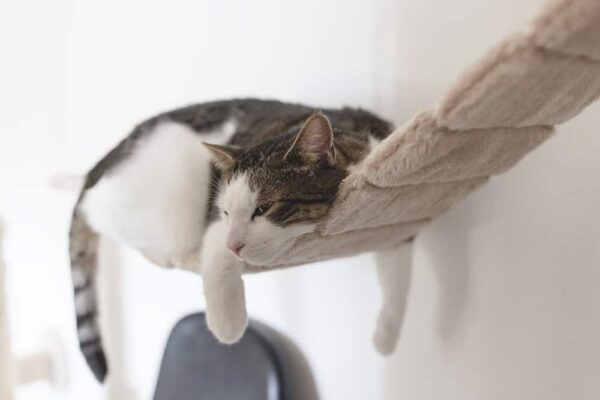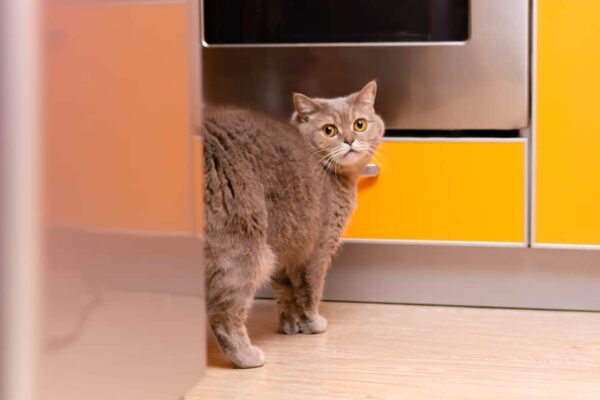Yes, cats can see in the dark. Cats have an impressive ability to see in dark conditions that would leave humans blindly stumbling around. This night vision edge comes from the tapetum lucidum – a reflective layer behind cats’ retinas that bounces light back through the eye for a second pass at vision cells.
Like a mirror boosting low light, this tapetum lucidum allows cats to see up to 6 times better than humans in dim environments. So cats can pick out shapes movement, and navigate comfortably in darkness.
Table of Contents
ToggleHowever, they don’t have true night vision. Some ambient light is still needed for their enhanced low-light capabilities to work. In pure pitch blackness, cats struggle to see just like us. The tapetum is also why cats’ eyes seem to glow when light hits them – it reflects back out. While cats see far better than humans at night, they can’t see in completely lightless settings. Their eyes are specialized for low light, not equipped with the true night vision of sci-fi super soldiers!
Can Cats See in a Dark Room?
With specialized eyes amplifying light, cats see very well in the dark – leaping on furniture and pouncing on toys. Their reflective retinal layer and abundant light-sensitive rods allow superior night vision vs humans.
Cats vs. Humans: Seeing in the Dark
| Feature | Cats | Humans |
|---|---|---|
| Tapetum lucidum (reflective layer in eyes) | Yes | No |
| A high proportion of rod cells (light-sensitive receptors) | Yes | No |
| Can see shapes and movement in very low light | Yes | No |
| Have full-color vision in low light | No | No |
| Can see fine details in total darkness | No | No |
| Able to navigate easily in dark spaces | Yes | No |
What Does a Cat Vision Look Like in the Dark?

If you’ve ever wondered what it’s like to see through a cat’s eyes, wonder no more! A new study has revealed that cats can see in the dark better than we thought. Researchers from the University of Bristol in England found that cats have more rods in their retinae than humans.
Rods are light-sensitive cells that allow us to see in low-light conditions. The researchers believe that this is why cats are able to see so well in the dark. The study also found that cats have a layer of tissue in their eyes called the tapetum lucidum.
This reflects light back into the eye, which allows them to see even better in dim lighting. So next time you’re wondering why your cat always seems to be able to find her way around at night, now you know!
Here's a related post that you might find useful. Why Is My Cat Drinking a Lot of Water?
Cats’ eyes are Intelligently Designed
One look at the unique vision abilities of cats reveals what seems like an intelligent design behind the workings of their eyes. Unlike human eyes, cat eyes have special features that allow them to see exceptionally well in low-light conditions.
For starters, they have an extra reflective layer called the tapetum lucidum lining the back of their eyeballs. This mirror-like surface bounces light back through the retina for a second pass at photoreceptors, boosting cats’ ability to pick up stray photons in dim environments. Cats also have a heavy concentration of rod cells, the photoreceptors responsible for low-light vision.
This rod-dominant retina equips cats with heightened sensitivity and motion detection in dark places. While human retinas contain equal parts rods and cones, cats sacrifice color perception for superior nighttime sight with a ratio of about sixteen rods to one cone cell. Simply put, cat eyes seem masterfully crafted for life as a nocturnal hunter.
From the glow of their eyeshine to their amazingly dilatable pupils, cats are endowed with precisely the optical abilities needed to thrive under cover of darkness. It’s as if some wise designer lent cats their signature night vision goggles!
Do Cats Need Light at Night?
When the sun goes down, our feline friends’ days are just beginning. As primarily nocturnal creatures, cats are wired to be most active and alert after dusk. But just because darkness falls doesn’t mean they no longer need light. Light still plays an important role for cats at night.
With their superior night vision, cats can navigate through shadowy rooms and dim lighting just fine. But in complete darkness, even their specialized eyes struggle to discern objects and surroundings. Some ambient light enables better vision and safer movement for curious, prowling cats. Light also helps regulate cats’ internal body clocks that control their sleep cycles, hormone production, and other biological rhythms.
So it’s best to provide sleeping kitties a nightlight or low-level lamp to simulate their natural crepuscular environment. This nighttime illumination needn’t be bright. Just enough to vaguely see shapes and pathways will do. With these simple lighting accommodations, cats can confidently rule the nighttime kingdom while their human servants slumber soundly!
Here's a related post that you might find useful. Can Cats Understand Human Emotions
Can Cats See 100% in the Dark?
No, cats cannot see 100% in the dark. Cats have very good night vision compared to humans, but they still need some light to see. Their eyes are specially adapted to allow them to see in low-light conditions, but they cannot see in complete darkness.
Can Cats Really See In The Dark? (Cat Vision Vs Human Vision)
What Age Can Cats See in the Dark
Most cats can see in the dark, although not as well as they can during the daytime. Their eyesight is specially adapted to help them hunt at night. However, some older cats may have trouble seeing in the dark due to age-related changes in their eyes.
If your cat seems to be having difficulty seeing at night, talk to your veterinarian about possible treatments.
Conclusion
Yes, cats can see in the dark. Cats have a layer of extra-reflective cells in their eyes, called the tapetum lucidum, which helps them to see in low light conditions.

